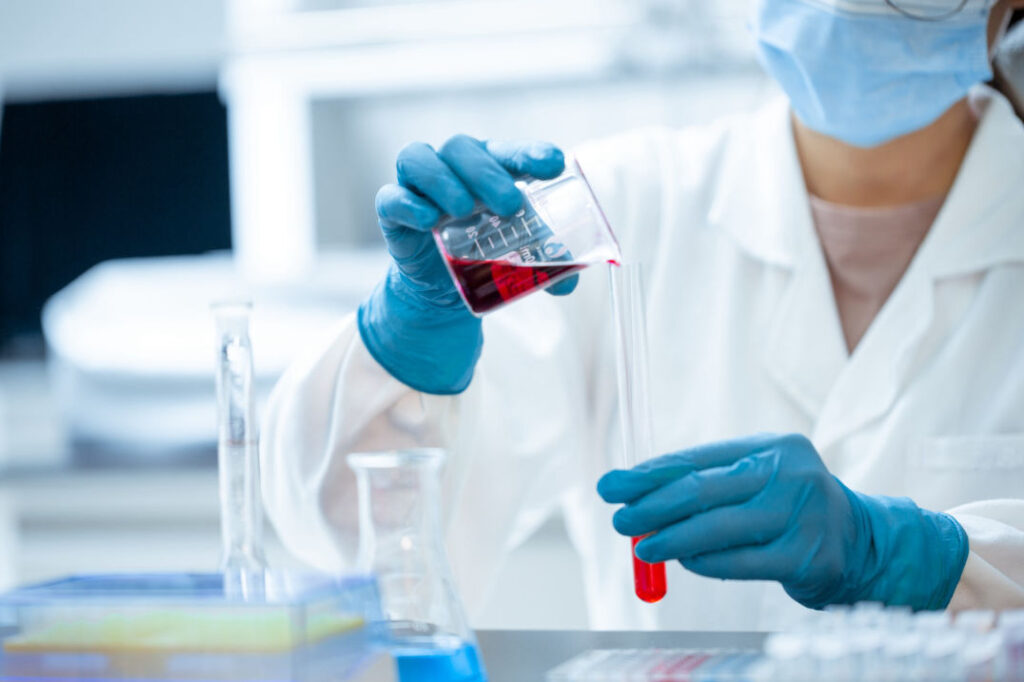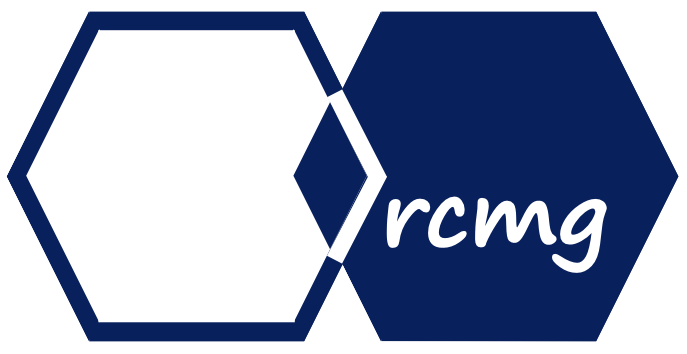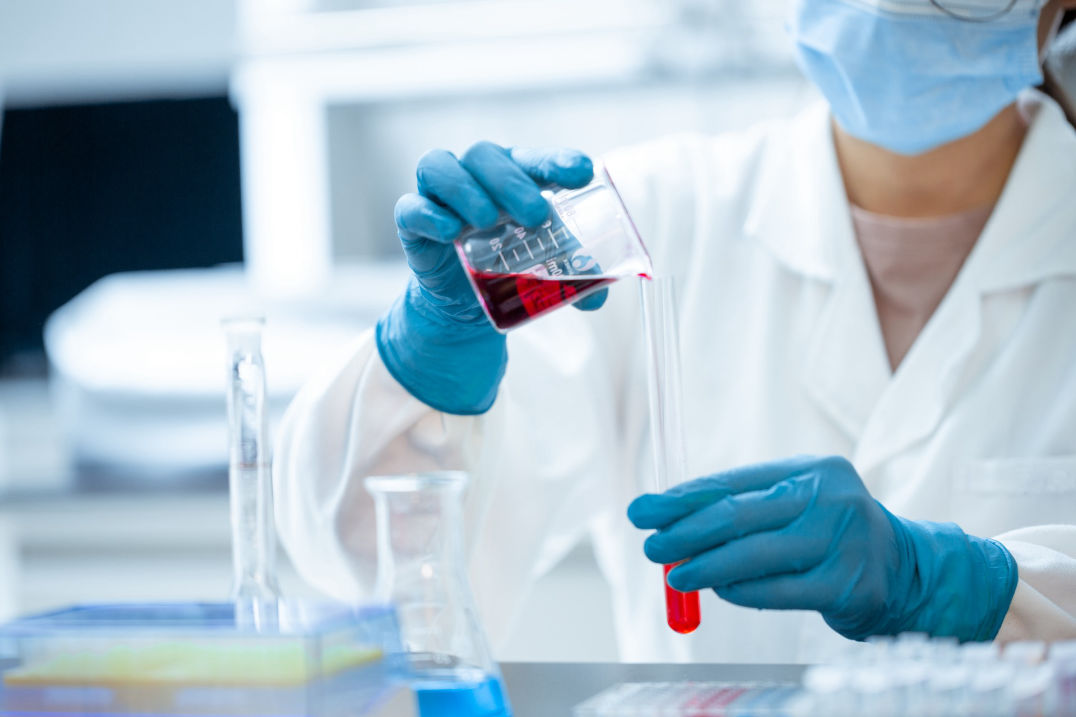Quantifying glycosylation of HBsAg (Glyco-S/S): To measure amounts of glycosylation of HBsAg

An analysis service using a new proprietary ELISA system for the first time measuring the extent of N-glycosylated S-HBs [Glyco-S ELISA].
An analysis service of ELISA system
Our contract service covers clinical and non-clinical specimens:
Sera from HBV patients of various status
Sera containing HBV particles from experimental animals
Cell culture media from primary human hepatocytes infected with HBV.
HBV particles containing different glycosylation caused by mutations
An analysis service of ELISA system Features
| Item | Description |
|---|---|
| Overview | HBV virion is covered by envelope protein (HBsAg). HBsAg is modified with N- and O-glycan in subtype-specific manner (1). S-HBsAg is the most abundant and forms non-infectious particles. About half of S-HBsAgs is modulated by N-glycan and the rest is non-glycosylated. Infectious HBV particles contain S-, M-, and L-HBsAg and contains HBV DNA as well as core proteins. PreS2 domain in M-HBsAg is highly O-glycosylated, but not in L-HBsAg (2). Glycosylation of HBsAg is required for HBV formation and secretion in HBV life cycle (3). Furthermore, glycosylation of HBV can lead immune evasion by inhibiting recognition of antibody, antigen presenting molecules, and innate immune receptors (4). Thus, measuring glycosylation of HBsAg can reflect different pathological conditions of HBV patients, which is not revealed by qHBsAg measurement. For this purpose, we established a proprietary ELISA system, in which glycosylation of intact HBV can be quantified. Glyco-S ELISA system can measure HBsAg glycosylation of genotype A, B, C, and D as far as we tested. |
| Cost | Contact Us |
| Applicable Genotype: | Applicable Genotype: A, B, C and D |
| How to order | How to Order |
| Leaflet | Leaflet |
| Safety data sheet | Safety data sheet [JP] Safety data sheet [EN] |
| User Guide | User Guide |
| References: | 1. Schmitt et al. (2004) J Gen Virol 85:2045-2053. 2. Angata et al. (2021) Biochim Biophys Acta Gen Subj. 1866:130020 3. Ouchida T et al. (2021) Viruses 13: 1860. 4. Dobrica et al. (2020) Cells 9:1404 |


